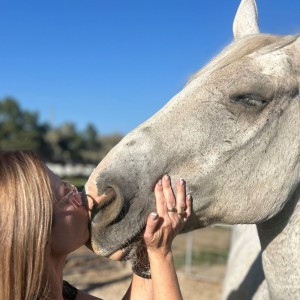Canine geriatric rehabilitation: considerations and strategies
Geriatric animals make up half of the pet population in the United States, and their number is increasing annually. Furthermore, a significant percentage of veterinary patients with movement limitations could be broadly classified as geriatric and living within the final stage of their predicted life expectancy. Because mobility correlates with the quality of life and time to death in aging dogs, a primary goal in optimizing canine geriatric health is to improve functional movement. Within the geriatric population, the rehabilitative veterinarian can identify disabilities that affect daily living and quality of life to provide more robust prognoses and treatment goals.
Fight obesity, sarcopenia, and a sedentary lifestyle
Both the environment and genetics can influence aging. Identifying and improving the environmental variables we can control remains a key component to optimizing aging. In addition, the diagnosis and treatment of age-related comorbidities, common in older populations, improve quality of life and often directly or indirectly affects mobility. Obesity, sarcopenia, and a sedentary lifestyle are a triad of age-related morbidity common to both people and dogs. A healthy lifestyle, including good nutrition and specific exercise, is key in reducing this morbidity and improving aging.
Disability models are essential tools for creating more effective physical therapy plans in an effort to counteract dysfunction and disability. Within these models, functional tests represent a standard and validated means of qualifying human geriatric function, as well as monitoring response to therapy. Due to the great need to incorporate these strategies in dogs, this recently published review in Frontiers in Veterinary Science aims to provide a reasonable and testable standardized framework for establishing a canine functional score. The complete evaluation of canine geriatric patients must include the identification of the environmental variables that contribute to the health status, diagnosis of comorbidities related to disease and aging, and characterize disability with standardized methods.
Use models to set treatment goals
In 1965, the Nagi model of disability for humans was developed to describe the impact that disease and injury have on an individual, both at the individual level and at the societal level. The model has four dimensions: active pathology, impairment, functional limitations, and disability. The veterinary field lacks standardized scoring systems to assess better and manage an expanding population of geriatric canine patients.
Using the Nagi model, short-term and long-term goals can be derived to address a patient's functional limitations and impairments. These goals may need to be modified based on the same variables that affect healthy aging. In many geriatric dog cases, it is important for clients to understand that patients will often have improvements initially and achieve their short-term goals; however, at other times, the rehabilitation process must be adjusted to maintain such improvements or even reduce the rate of decline. A thorough patient assessment and understanding of optimal aging can provide the veterinarian with tools to better convey expectations to owners. Additionally, ongoing follow-up remains essential to monitor the patient's health status and function and adjust goals accordingly. As a patient moves into the final stages of life, rehabilitation specialists should work closely with the family to identify and set appropriate quality of life goals, provide nursing and palliative care options, or consider euthanasia.














List
Add
Please enter a comment